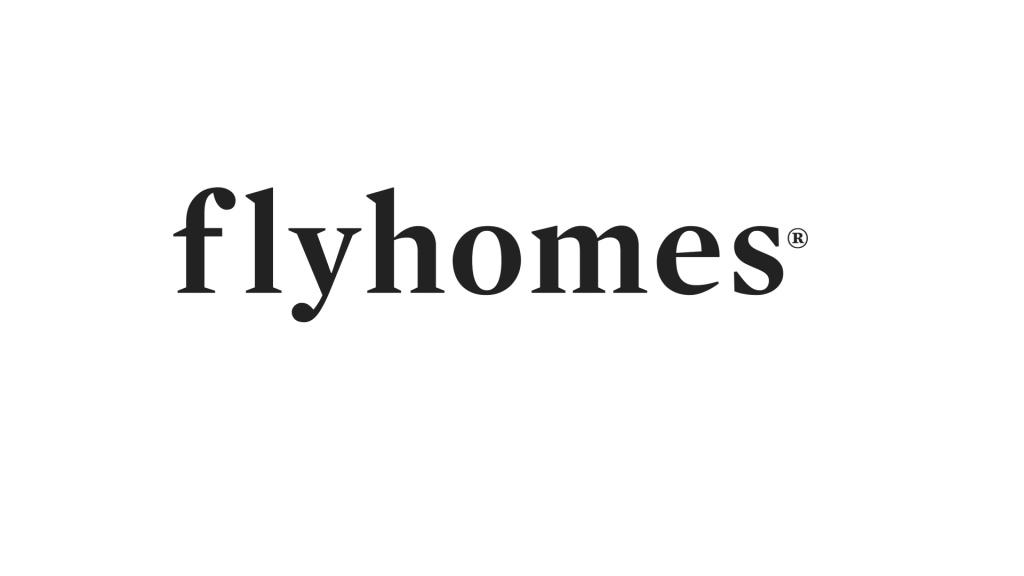Wondering what refinancing is about? Don’t worry! In this article, we’ve got everything covered from ‘what is refinancing’ to why it should be done.
Undoubtedly, your home is your biggest investment. And refinancing is the best way to cash in on some of your home’s value without selling it.
Though you should know that each type of refinancing option is different from the other.
But all refinancing options work by opting for a new loan to pay off an existing or older loan.
The type of refinancing option you pick, and how you use it depends on what your ultimate goals are. So before you refinance, let’s look into it.
So, what is refinancing?
So basically, when you refinance a mortgage, you apply for a new mortgage loan using it to pay off your original mortgage(s). Many of them refinance for multiple reasons, but a refinance is meant to start a loan with terms suited better for your present financial requirements.
Why do refinancing?
- To lower your interest rate
When you first bought your home, the interest rates may have been higher than they are now. If they’re lower now, refinancing a mortgage with lower rates can save money over the course of the loan term.
- Change the loan term
Reducing the loan term(duration) may lead to a higher monthly payment, but it also cuts down on the total interest. If you can afford a higher monthly payment now, and intend to stay in the home for the duration of the new loan term, shortening the time it takes to pay off may save you money in the long run.
- Change the type of loan
Some types of mortgage require Private Mortgage Insurance (PMI). In most cases, PMI is automatically canceled when the home reaches a certain amount of equity. But you can avoid PMI earlier if you refinance to a type of mortgage that doesn’t require it.
- To get cash back or to open a line of credit
If you have enough equity in your home, you can apply for a cash-out refinance. Your lender will underwrite a new mortgage for the new, higher value of the home and you’ll have cash left over once you pay off the smaller, original loan amount.
You can also open a home equity line of credit (or HELOC) where a lender will set aside a set amount of money determined by your equity that you can borrow as needed and pay back with interest, like a credit card. But HELOC isn’t strictly a refinance option because it’s just an additional payment on top of your mortgage.
How does refinancing work?
Refinancing works very similarly to taking out your first mortgage. Similarly, you’ll apply again, get approved and get underwritten for the refinancing. You’ll also have to provide your financial documents.
Your lender will order a home appraisal just to make sure that they’re loaning the appropriate amount of money to you.
Then, you’ll close on the new loan and pay any associated fees your lender requires.
What are the different kinds of refinancing options?
Refinancing is of two basic types:
- rate-and-term refinances
- cash-out refinance
Both refinancing options are designed to pull the value out of your home in different ways.
Rate-and-term refinance
A rate-and-term refinance is exactly what it sounds like: it allows you to change your rate and the term of your loan.
Borrowers can take advantage of a lower interest rate or even change the type of loan altogether to save money on monthly payments or to cancel PMI. This is most commonly done when interest rates lower or when a borrower decides to go from an adjustable-rate mortgage to a fixed-rate mortgage.
Cash-Out Refinance
A cash-out refinance requires a minimum of 20% equity in your home. Your lender will give you a loan for the amount your home is worth now, after it’s appreciated in the market since your original mortgage. Once you pay off the original mortgage, you’ll have some cash remaining since the new loan is higher.

When is the right time for refinancing?
Every financial situation is unique so it’s a bit difficult to mention an exact time which would work for most homeowners.
What you can do is to reach out to your lender and ask him for a quote.A thumb rule at Flyhomes Mortgage is to save at least 0.25% off of a current interest rate, for a rate and term refinance to make sense.
It’s also important to consider the cost to close a refinance(common fees include an underwriting or processing fee, appraisal fee, and title and escrow fees). To offset these closing costs, a typical recommendation to the client would be to ‘consider taking a slightly higher interest rate’. This usually comes with a lender credit large enough to cover all costs associated with closing the refinance.
Otherwise, you can also roll the refinance costs into the new loan.
Quick note: This option will increase the principal amount you owe, therefore increasing your monthly payments.
If you’re looking into a cash-out refinance to pull some equity out of your home, you can consider doing that once you have a need for those additional funds.
What do you need to get a quote?
No matter which bank, lender, or mortgage broker you work with, you’re always going to have to provide basic details. The easiest is to keep a copy of the most recent mortgage statement at hand. If that’s not possible, here are some things you’ll need to start a mortgage lender:
- Home address
- Estimated current value of your home
- Current loan
- Current interest rate
- Principal balance left to pay
- Your approximate credit score
How do you know if you’re getting a good deal?
Firstly, consider the new interest rate. Compare it with the present interest rate. Weigh out all the pros and cons.
All refinancing options come with closing costs. Find out how the expected closing costs you need to pay in order to close the loan.
For example, if you’re paying $1,000 in closing costs for a refinance in order to reduce your monthly payment by $50 per month, you’ll need to pay your mortgage for at least 20 months before you’ll actually start to see the savings.
Check with multiple lenders to make sure you’re given the best deal.
What impact does refinancing have on my credit?
Similar to the first mortgage, the bank will have a hard inquiry on your finances. This will push the credit score down by a few points. As long as the payments are being made on time, the impact on the credit score will be temporary (it will last a few months).
Refinancing is the most common and most powerful tool for homeowners to start collecting on their real estate investment, whether it’s by changing their monthly payment or liquidating some equity. There are many different types of refinancing and even more reasons you may want to do it. Understanding how refinancing works will help you get the most out of your real estate investment.
You can always get in touch with Flyhomes. Our team is always around to help you clarify your doubts, and get you the best possible outcome.











